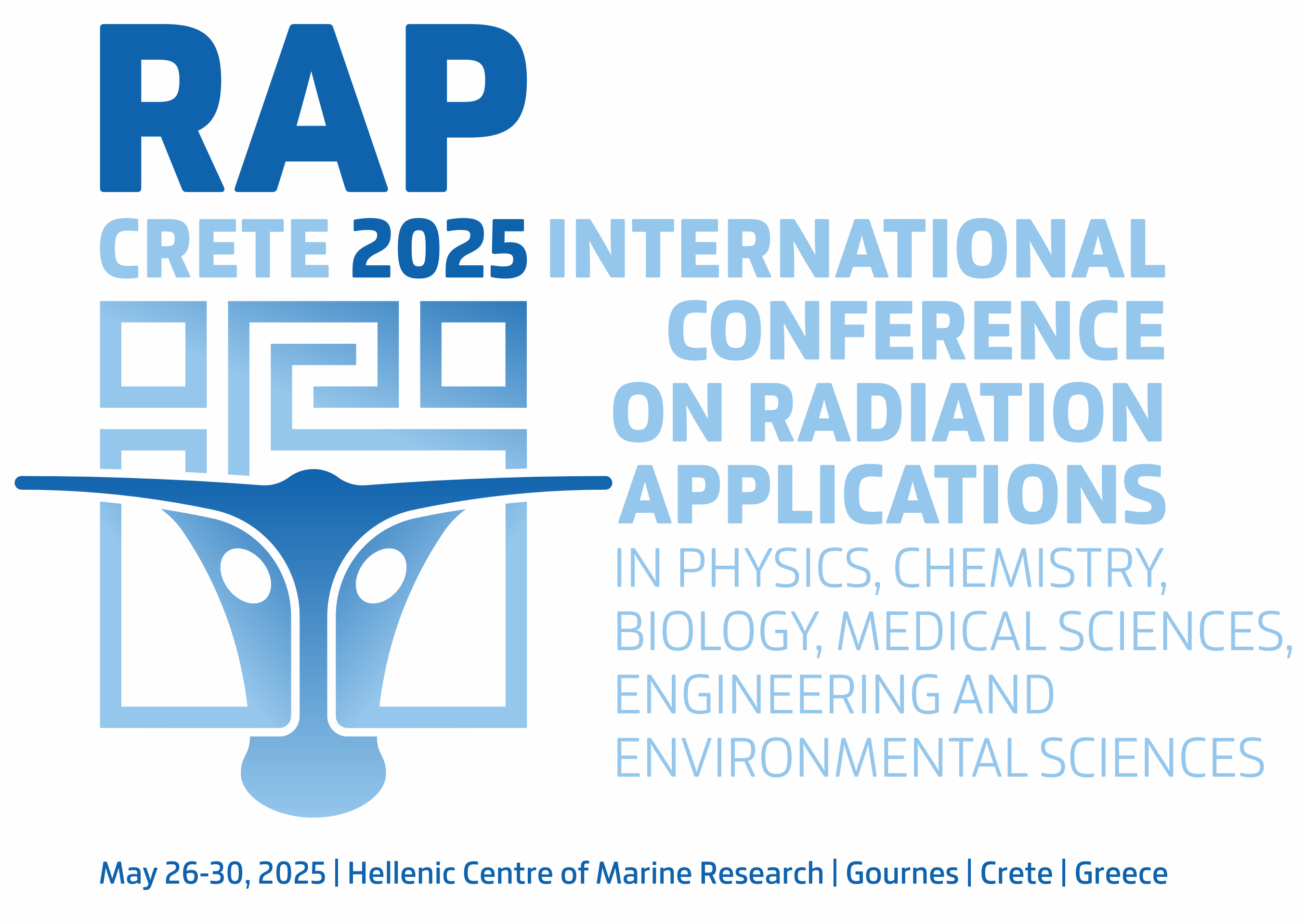Vol. 7, 2022
Radiation Protection
DETERMINATION OF THE RADIOACTIVITY LEVEL OF CONCRETE USED AS SHIELDING FOR MEDICAL 60Co SOURCE
Irma Bërdufi, Erjon Spahiu, Manjola Shyti, Elida Bylyku
Pages: 31–34
DOI: 10.37392/RapProc.2022.08
Abstract | References | Full Text (PDF)
This study examines the natural and artificial radioactivity in concrete used as shielding material for medical 60Co source temporary stored in our waste storage site. The determination of the radioactivity level is done to see if any leakage or contamination occurred in concrete material after the dislocation of 60Co source to another destination. Concrete samples were taken from the three drums located in the temporary waste storage site and after preparation of samples were placed in a marinelli beaker with a volume of 500 ml and left in isolation for one month to achieve the secular equilibrium. The activity concentrations of 40K, 226Ra and 232Th in ten samples are determined by using gamma-ray spectrometry method with HPGe detector. The average values of activity concentration are found to be 147.56 ± 6.97 Bqkg-1 for 40K, 18.09 ± 0.64Bqkg-1for 226Ra and 16.90 ± 0.68 Bqkg-1for 232Th, respectively. The activity concentration index (ACI) is used as a screening tool to assess the radiological hazard due to possible release of the concrete in environment or to reuse it as building materials. From all analysis performed the maximum value of ACI was 0.21. This value was found to be lower than 1 and in none of them was found the presence of 60Co radionuclide. We conclude depending on the Decision No. 638, dated on 07.09.2016 on the approval of the regulation “On the safe management of radioactive waste in the Republic of Albania” that the concrete could be discharged freely in environment, or it can be used as building material because do not pose any significant risk to humans.
- The Council of European Union. (Dec. 5, 2013). Council Directive 2013/59/EURATOM on laying down basic safety standards for protection against the dangers arising from exposure to ionizing radiation, and repealing Directives 89/618/Euratom, 90/641/Euratom, 96/29/Euratom, 97/43/Euratom and 2003/122/Euratom .
DOI: 10.3000/19770677.L_2014.013.eng - Council of Ministers of the Republic of Albania. (Nov. 25, 2015). Decision no. 957 for the approval of the regulations on reference levels of indoor radon concentration and other radio nuclides concentrations in commodities with public protection effect.
- Council of Ministers of the Republic of Albania. (Sep. 7, 2016). Decision no. 638 on the approval of the regulation on the safe management of radioactive waste in the Republic of Albania .)
Retrieved from: https://www.fao.org/faolex/results/details/en/c/LEX-FAOC164065/
Retrieved on: Aug. 15, 2021 - M. Shyti, “Calibration and performance of HPGe detector for environmental radioactivity measurements using LabSOCS”. AIP Conf. Proc., vol. 2075, no. 1, 130012, Feb. 2019.
DOI: 10.1063/1.5091297 - R. Trevisi, S. Risica, M. D`Alessandro, D. Paradiso, C. Nuccetelli, “Natural radioactivity in building materials in the European Union: a database and an estimate of radiological significance”, J. Environ. Radioact., vol. 105, pp. 11 – 20, Feb. 2012.
DOI: 10.1016/j.jenvrad.2011.10.001 - E. Spahiu, G. Xhixha, M. K. Xhixha, F. Shala, F. Hasani, “Assessment of natural radioactivity and radiological hazard of Kosovo cements,” IJEES, vol.7, no. 4, pp. 895 – 898, Oct. 2017.


